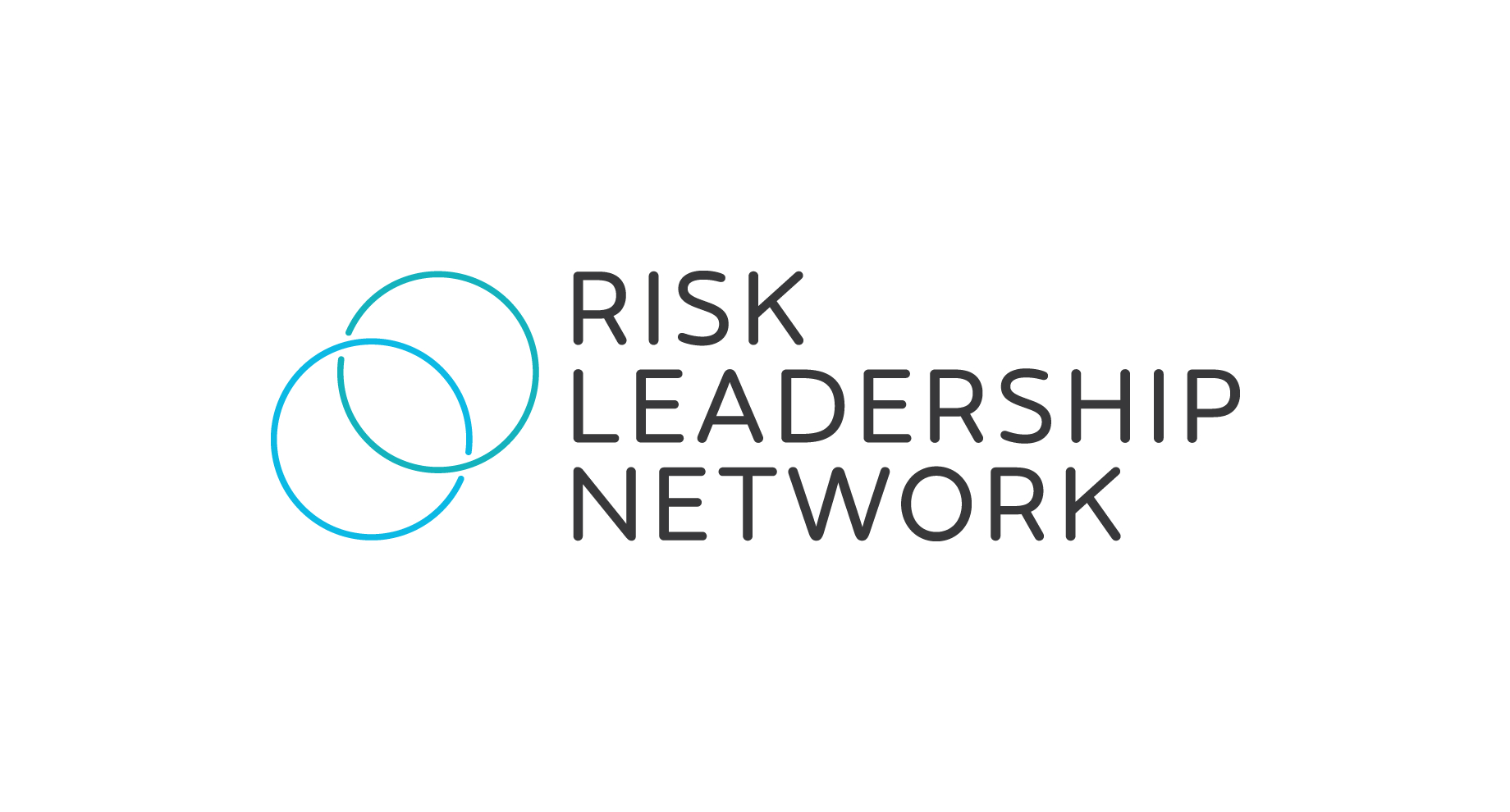3 mistakes to avoid when measuring risks and uncertainties
Making risk-informed decisions around uncertainties sounds impossible. But is it?
Graeme Keith, CEO at Stochastic; and Sarah Gordon, Risk Leadership Network’s advisory board member and CEO at Satarla, tell us how to quantify the ‘unknowns’ and the pitfalls to avoid...
How are you helping your business make incisive and risk-informed decisions? What’s your approach? What tools are you using?
These are questions that often float at the back of your minds.
As risk managers, our role is to support decision-making at all levels of the business.
When a strategic decision needs to be made – new operating site or merger and acquisition, for example – we will likely be thinking about our role within that decision-making process:
- How do I communicate the risks and opportunities of a potential decision?
- How do I conduct an effective analysis of the potential outcomes?
- Does my analysis provide the full picture? That is, the outcomes for both upside and downside risks?
- Is my analysis compelling? Does it address the issues that concern the leadership teams and the boards?
- Am I asking the right questions at the right time?
The questions can be even trickier to address if we are dealing with uncertainties – what if some of the risks linked to an M&A are unclear? Or we are unsure about the opportunities of a new location?
But here’s the thing: taking a quantitative approach could give some level of certainty to uncertainties. And doing so will help you deliver better business decisions.
What is uncertainty modelling?
In simple terms, uncertainty modelling helps you understand the options for dealing with uncertainty.
Using historical data, models will map out a range of outcomes – outcomes you can use to guide your decision-making.
Let’s take the example of bringing new drugs to market – a scenario often experienced by pharmaceutical companies.
Taking a quantitative approach could give some level of certainty to uncertainties. And doing so will help you deliver better business decisions.
There will likely be uncertainties around the fruition of a new product:
- Will the drug pass clinical trials?
- Will it get regulatory approval?
- Can we market it effectively to beat out competition?
Understanding these risks – and how they interconnect – will help your business create a strategy that considers, for instance, how many new drugs to invest in; or what clinical trials work best for your company’s strategy.
Two reasons to get behind uncertainty modelling
While uncertainty modelling or quantitative risk management is usually applied to strategic decisions, they can work at any level of the organisation.
Day-to-day frontline decisions reflect larger organisational decisions – so running the same process through all business choices will help deliver more risk-intelligent decisions.
Here are two more reasons to get behind uncertainty modelling:
1. It allows you to compare different strategies
If you can quantify your uncertainties – including those with a wide range of possible outcomes – you place yourself in a position to review how different risks intersect.
Take, for example, a scenario where an oil and gas company is considering a new exploration site.
There are a range of possible locations – each with their pros and cons.
Uncertainty modelling places the risks of each site vis-à-vis, giving you a full picture of the upside and downsides of a portfolio of choices.
You can then hedge some of your risks by putting eggs in multiple baskets.
2. It makes you consider the upside too
If you don’t quantify the full scope of your uncertainties, you run the risk of looking at one potential outcome.
Model a range – including both upside and downside risks. You will then be presented with analysis on the possibility of success versus the risk of failure.
And you can build in solutions to increase the chance of the former as well as decreasing the chances of the latter.
Top 3 mistakes risk managers make when quantifying their risks
If you decide to build into your risk management process quantitative analysis or uncertainty modelling, be mindful of the common pitfalls. Avoiding these three common mistakes will save you time and effort.
1. Are you quantifying risks that don’t need to be quantified?
There are some risks that are part and parcel of business – risks that are easy to quantify but where time shouldn’t be wasted.
Take GDPR as an example.
We know what the regulatory boundaries are. We know what the consequences would be. And know what our mitigation approach is.
We could quantify the full scope of the risks. But do we need to?
These are known knowns – the risks and consequences are clear. So, quantifying them would be a waste of time and resources and doing so will unlikely change behaviours towards GDPR.
2. Are you failing to quantify the risks that should be quantified?
Risk managers cite two reasons for why they cannot quantify their risks:
- The level of uncertainty is too high
- The risk is intangible
But this is not the case.
Most downside risks can be measured – because they’ve happened before.
Too often, brand and reputation damage are branded ‘unquantifiable’. But this is untrue.
There are plenty of examples of businesses losing revenue and profits owing to a crisis that has tarnished customer trust – cases of misconduct or slow responses to data breaches, for example.
While uncertainty modelling or quantitative risk management is usually applied to strategic decisions, they can work at any level of the organisation.
If you look in the right places, you will find data that can help you model even the most complex of risks.
Political risks are another good example. Measuring political instability can be tricky. But there are plenty of datasets that demonstrate the range of outcomes, giving you a fuller picture of the uncertainty scale for any given market or government.
Very few outcomes are totally new.
The thing to remember is, if you’re dealing with downside risks, then you’ve probably seen it happen before.
3. Are you asking the right questions early on in the process?
We hear this scenario play out often:
Risk managers are asked to quantify the company’s principal risks.
They tackle the challenge head on and work with teams to gather as much data as possible to narrow down uncertainties.
They present the information to relevant stakeholders and the leadership team. And find out it has little impact on what the board has decided to do.
This is a case of quantifying first and asking strategic questions far too late in the process.
The first step is to identify the relevant stakeholders and determine a clear objective. The next is to use the information you’ve accumulated to measure the risks.
You can then evaluate what the factors that would change the decision-making process. And then, conduct further analysis into those factors to further narrow down the uncertainties.
Here’s the thing to remember with quantitative risk management or uncertainty modelling: All data is valuable even in circumstance where there are a lot of unknowns.
We will be taking a detailed look at various tools to aid decision-making with the launch of our Intelligence platform in April.
To find out more about the benefits of becoming a Member of the Risk Leadership Network, click here.
Share this
Related posts you may be interested in

Risk Leadership Network's virtual meeting programme expands at pace

Why you should ditch your risk culture framework
